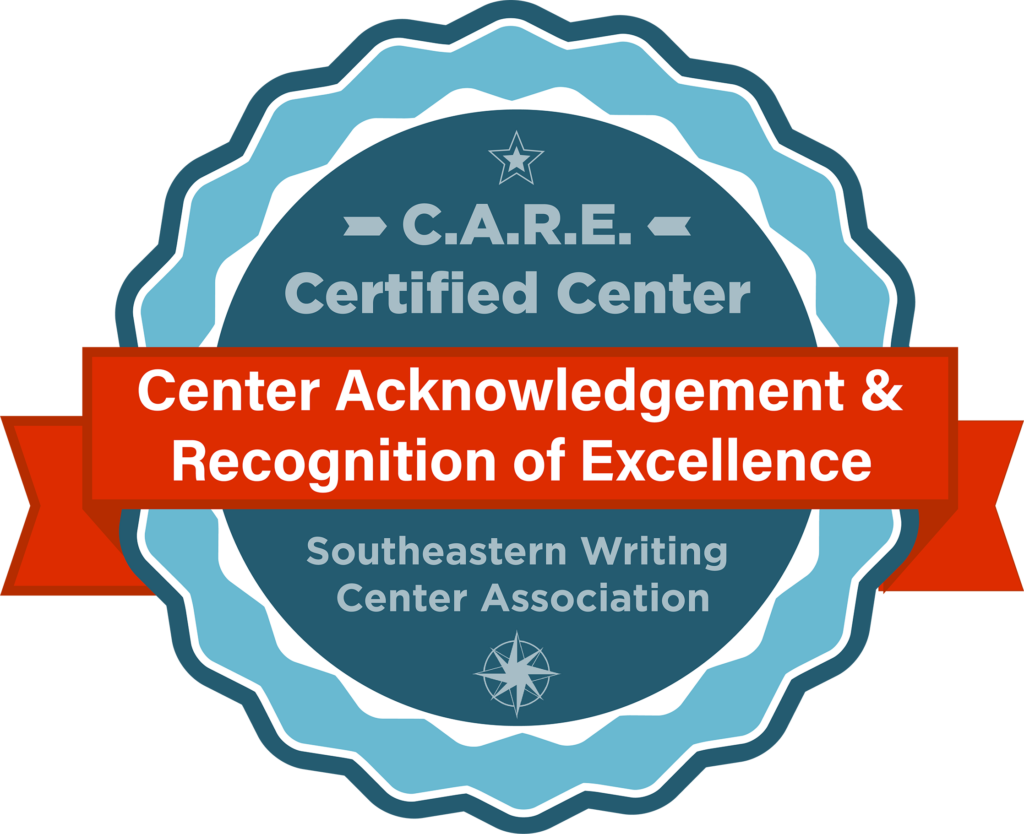This exercise involves close reading the instructions for one of your writing assignments, and should take less than ten minutes. It might be most useful for a longer essay (such as a research paper or case study). Sometimes the instructions for these kinds of writing assignments are not very clear and take some decoding.
Often longer projects involve a number of steps, so the key is to organize yourself and get thinking about your approach. If you aren’t already working on an assignment, you might want to take an old one out to practice with.
- Read the entire assignment before you do anything else. This will give you an idea of the overall purpose of the assignment.
xxxx - Open up the Understanding Assignments worksheet (also available as a Word .doc download). Cut and paste the assignment at the top of the document. Below, re-type (or cut and paste) the phrases that tell you what you absolutely need to know to complete the assignment correctly (due date, source requirements, word or page count, format (MLA, APA).
xxxx - Below, type the keywords that tell you an action (analyze, describe, argue). These words clue you into the kind of paper you are expected to write. Then write down any phrases that use language specific to the course you are taking (i.e., “set theory” for a math paper).
xxxx - Note the time and give yourself five minutes to free write. Free writing involves trying to write continuously for the entire time. Do not worry about spelling, punctuation or grammar (this is for your benefit only) and do not self-edit or pause as you write or type. It is an attempt to capture your mind in action. Here are the things to consider as you free write:
- What is the purpose of this assignment? Is it to report on a person, describe a blog, form an argument about a topic covered in the reading, to research and analyze something related to the class?
- Are there a number of parts to the instructions? Do they tell you how to organize your essay? Do they clue you in to different questions or topics you are to cover? If so, try to free write a little bit about each one.
- What is exciting to me about this project? What should I consider first? What have I read that will help me proceed?
XXXX
- After you are finished free writing, read over what you wrote. If you begin to see two separate ideas developing that could turn into two paragraphs, cut and paste all the sentences related to each idea together, in separate areas of the page. Then rank these sections to help you structure your essay.
Following the steps of this exercise, you will have a very clear idea about exactly what you’re being asked to do. With Step #5, you have begun to brainstorm as well. Continue to brainstorm based on what you find exciting about the project and build a step-by-step outline of your essay. Once you’re satisfied with the outline, begin writing your paragraphs!
This exercise was adapted from The Purdue Owl’s “How to Decipher the Paper Assignment” and Ken Nielsen’s “Assignment Assessment Workshop.”



